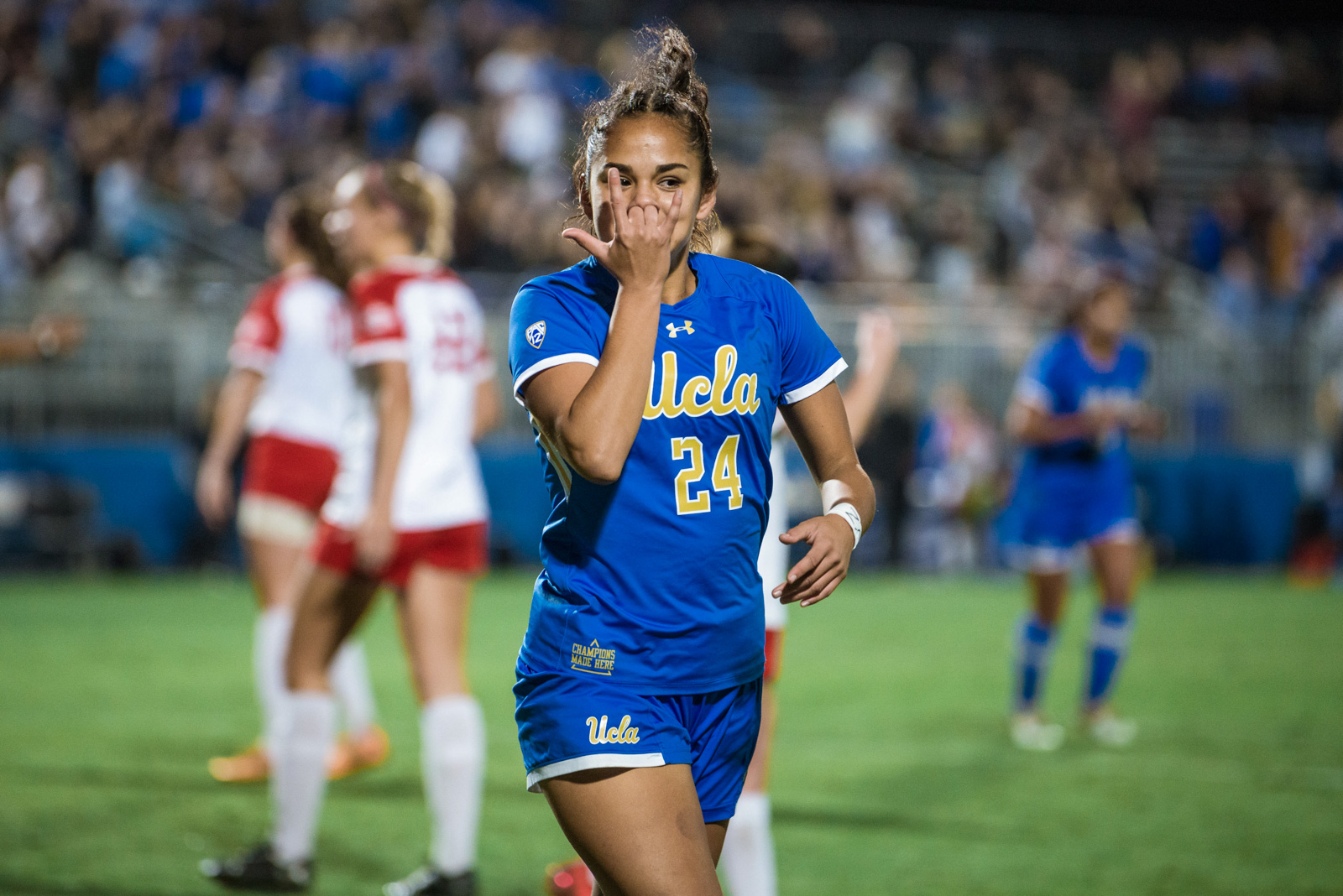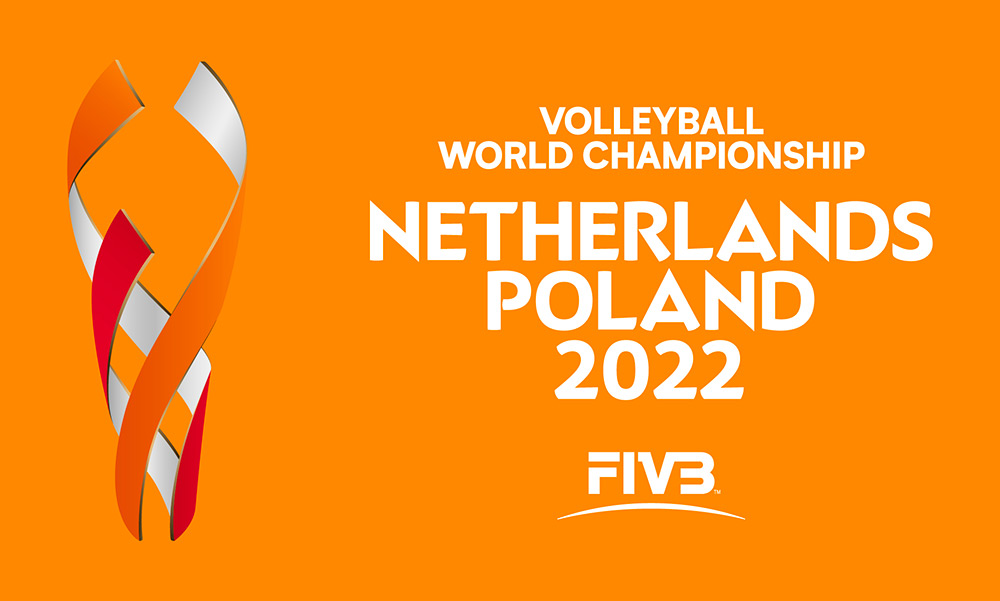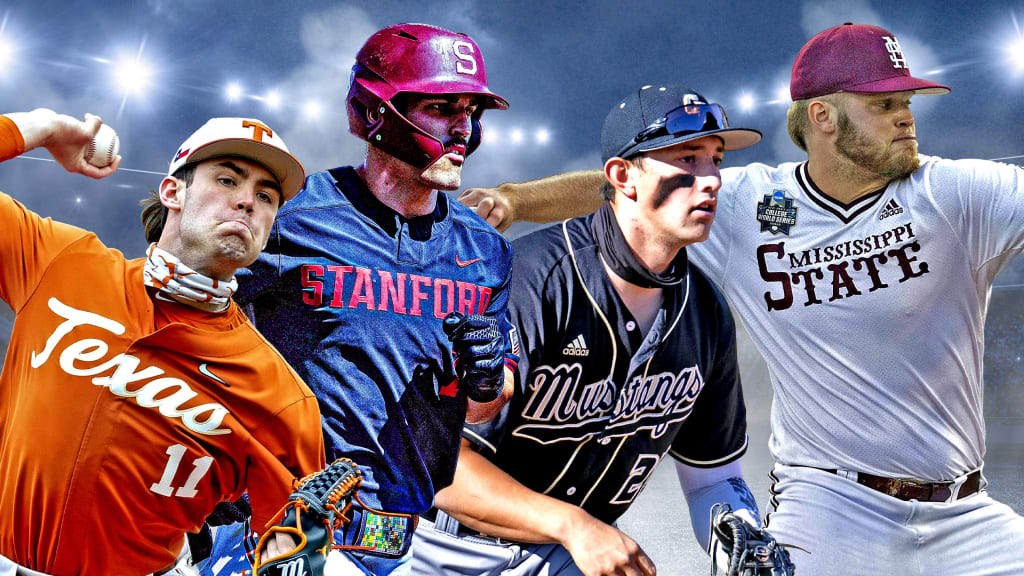Americans like to compliment, the Dutch prefer to criticize. In America it is all about winning, in the Netherlands mainly about participating. Americans spend money, the Dutch save money. A different continent, a different country and a completely different culture. It will therefore not surprise you that the American Soccer sport also has differences with Dutch soccer.
The essence of the sport is of course the same, you play 90 minutes with a team and the team with the most goals wins. So the differences do not go that far, but small differences in soccer can be found. Our soccer-playing student athletes in the USA have before leaving gained a lot of experience with playing soccer in the Netherlands. And almost all those soccer players notice the same differences between the USA and the Netherlands. Time to talk about those differences. Because what makes College Soccer more fun than ‘regular’ soccer?
1. The team spirit
As most loyal readers of our Slamstox News page will know by now, the sports culture in the USA is magnificent. The most individual sports, such as tennis or golf, are transformed into team sports. Team sports transform into even more of a team sport. But how?
You are probably used to the following in your home country: your soccer team is just to play soccer with. But in the USA it is different, you play soccer, travel, study, chill and basically live with your soccer team! Can you imagine? A soccer team full of best friends who all work for the same goal: to get the team to finish as high as possible. As teammates you have one important thing in common, you are all student-athletes.
Asa student-athlete you do not play for a club or an association, but for the university. And on the campus of that university is where most students study, exercise, eat and live. During the matches it is therefore common for many students to come and cheer for the various sports teams. Mascots, cheerleaders, fight songs, it’s all part of the American sports culture.
So one team, with your team, but also with all other sports teams at your university.
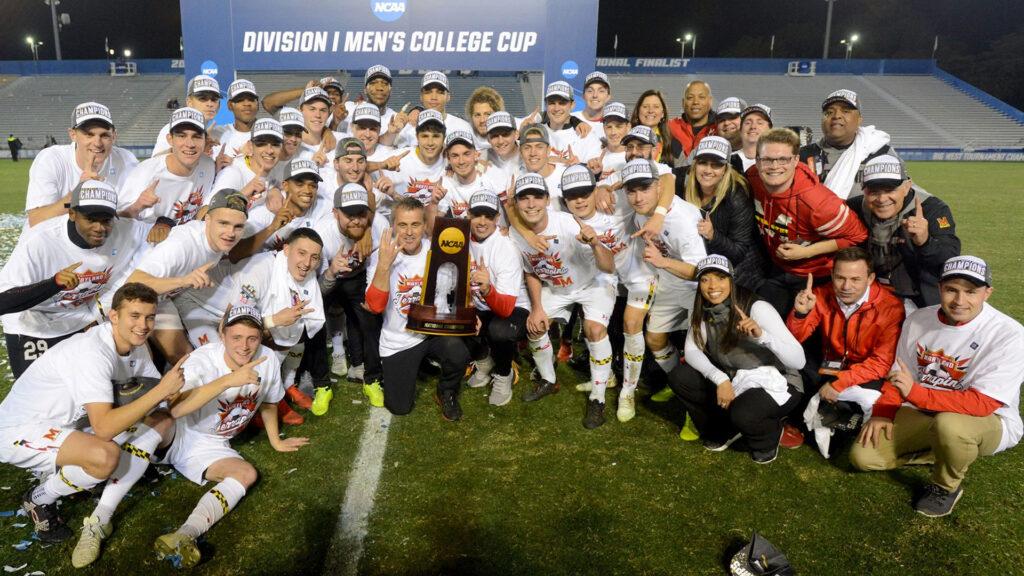
2. Professionalism
Professionalism can be seen in all college sports, and has a lot to do with the American sports mentality. Sport is important, student-athletes are important and this must be handled professionally.
This means that most universities employ physical therapists and sometimes even mental coaches to get and keep student athletes as fit as possible. Have you been tempted a little too much by the American burgers or huge soda drinks? Then you will soon be in the hands of the dietitian at the university! Nice extra services that are not always common in Dutch amateur or semi-professional football.
But even if you are in top shape and do not need diet or physiotherapy treatments, there are often a number of professional treatments available for you. For example, ‘cupping therapy’ is a common treatment for athletes. It is a technique to promote blood flow to muscles. The American swimmer Michael Phelps won gold at the Olympics with ‘cupping marks’! In short, you will be treated like a pro!
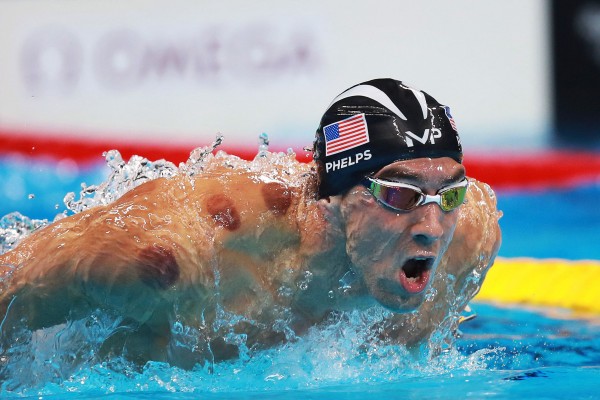
But being treated like a pro, means training like a pro! The schedule of a college soccer player is intense. Soccer training five times a week is an average, and strength and conditioning training is added to that. Go big or go home!
The video below shows how professionally College Soccer in the USA is handled. Game day between UCSB and UCLA, with a record number of visitors of 16,000! Check out the video to experience the ambiance of college soccer.
3. Facilities
The good facilities are closely related to the just mentioned professionalism that college soccer brings. Student-athletes are extremely important to a university, which is why every university does its utmost to make the student-athletes as comfortable as possible.
We get back from our Slamstox soccer players that facilities in the USA are way better than those of the average soccer club. For example, there is a gym available for the soccer team, a players’ room and those cool American dressing rooms: no standard facilities at amateur clubs in the Netherlands!
The video below from Purdue University gives a ‘Soccer Facilities Tour’, it gives a good idea of what the facilities are like for soccer players at American universities!
The players are also well taken care of during the away games. In football competitions in the Netherlands it is in the most extreme cases a 2.5 hour drive to the opponents, you understand that with the American distances this is a different case. To cover the great distances, a nice player’s bus is rented and at some universities it is even common to fly to the other side of the USA for a match! Then it really is a competition weekend, cool right!
4. The popularity of women’s soccer
While women’s soccer is slowly gaining in popularity in the Netherlands, mainly caused by the success of the Orange lionesses, ‘soccer’ is a huge and way more popular sport for women in the USA! So certainly for all soccer playing ladies in the Netherlands, the difference with the USA will in many cases be even greater
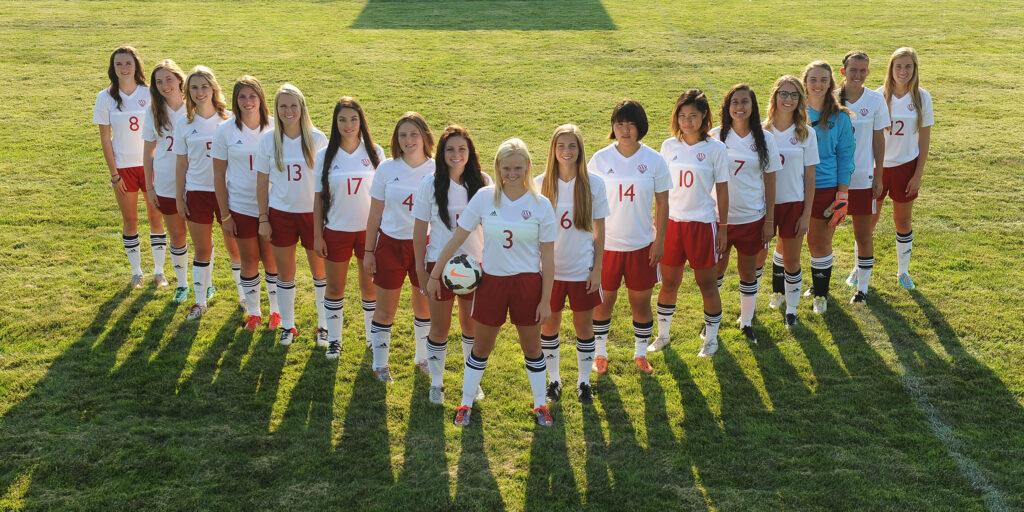
That America is good with women’s football is evident: they have won the most world championships. And did you know that 21 of the 23 soccer players on the American team first played for a college team and then went professional? That is the most common way to become a pro in America!
Lieke Carleer and Lisa Blankenstein are two of our slamstox football players who are now having a great time in America. Lieke was part of the Dutch U19 team and plays football and now studies at Arizona State University: one of the highest ranked NCAA D1 Teams! America offers great opportunities for every female student who wants to get the most out of her studies and football.
Would you like to read more about women’s football in the USA? A few months ago we wrote this article about it.
5. The season and some soccer rules
Earlier we talked about major differences between the Netherlands and the USA, the soccer season is one of them!
The American competition season lasts only four months: from August to November. Then there is a winter break, many international students go home because there are also school holidays. Then the school and sports season starts again in mid-January, when there is a lot of hard training until the end of February. After that, several friendly matches will be played. Then summer break starts again in May (Yes, American students have a lot of vacation!). Some football players choose not to go home, but to become part of a summer league. It lasts from mid-May to mid-July.
Bob Groenendijk, one of the former Slamstox football players, did this. He was part of the University of the Pacific and played for the Portland Timbers during the summer competition. This way he could continue to playing soccer in the summer, put himself in the spotlight with American coaches while his housing was paid! Sounds like a deal right?
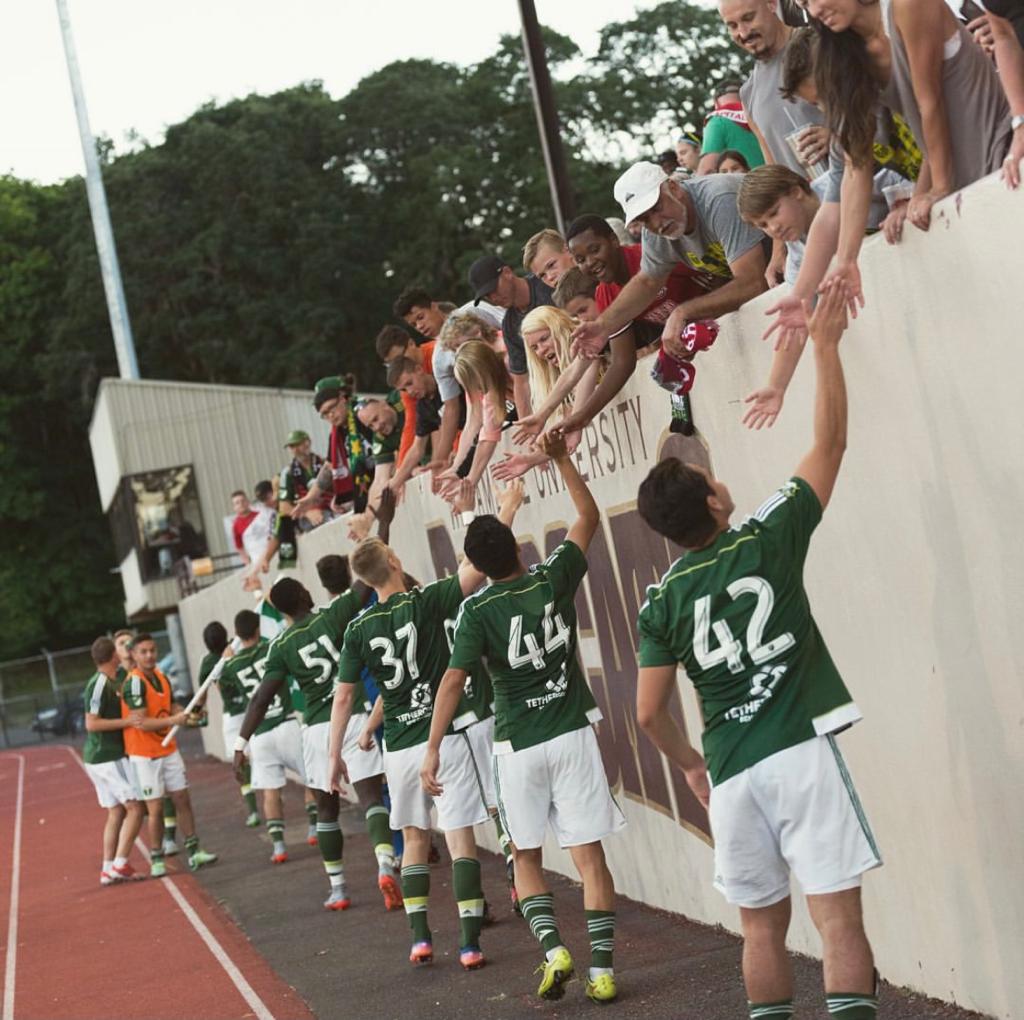
Also some rules during the matches differ from how we are used to it here in the Netherlands. In American soccer, players can be switched non-stop. This keeps the intensity of the match extra high! Another difference is that the clock does not count up to 90, but counts down. The clock is also stopped when the match is stopped due to an injury, for example.
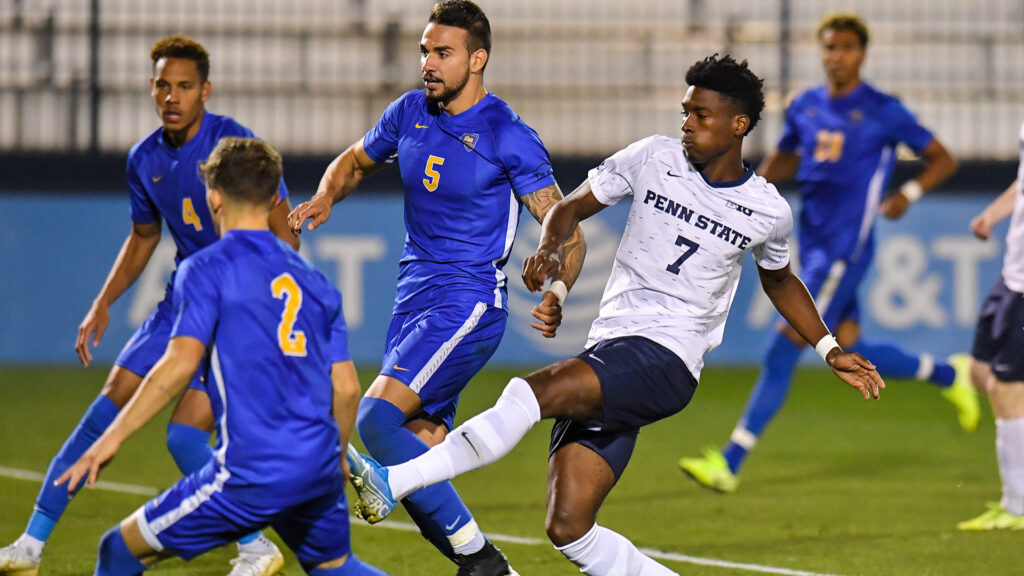
Have you become enthusiastic about College Soccer? And would you like more information? Then check out the video below, where Wouter Verstraaten tells his story. During his youth, Wouter played at PSV and FC Eindhoven, left for California as a student athlete at the University of the Pacific, became an All-American, graduated and now plays soccer in England with South Shields. Impressive list, right?
Wouter had a great time in America and now likes to help other football players to find a good place in the college football world. In the video below he tells about his own experiences.
Do you want to study and play soccer in the USA? Or do you want more information about scholarships or the life as a student-athlete? Reach out, we can help you!

